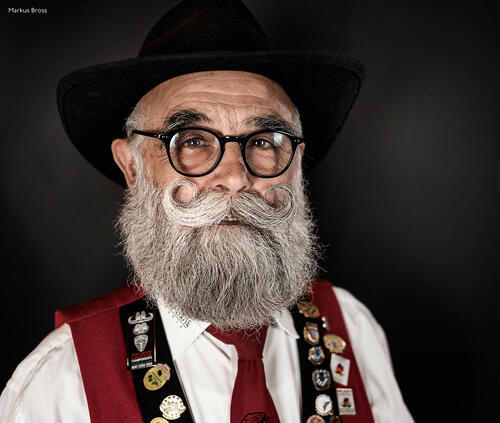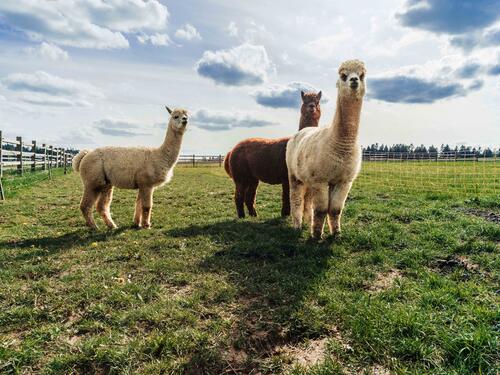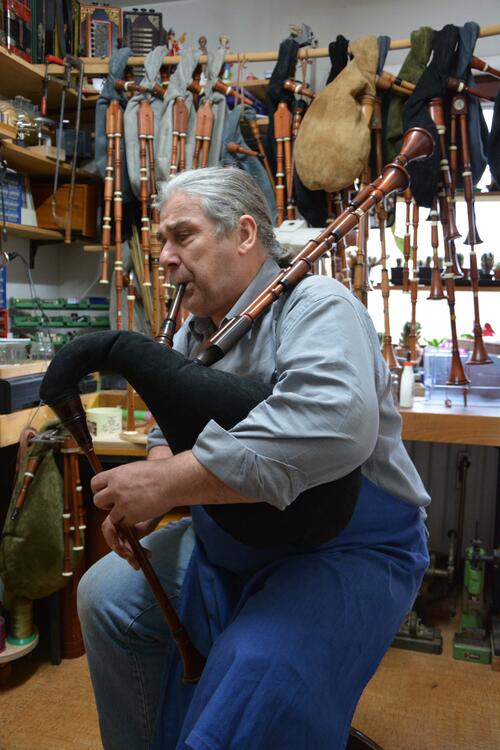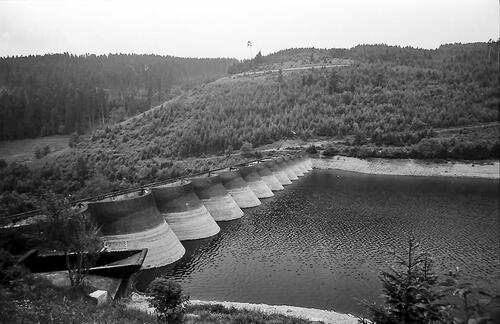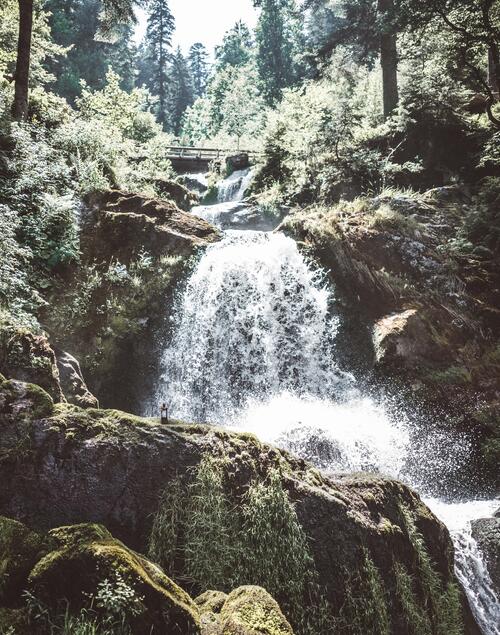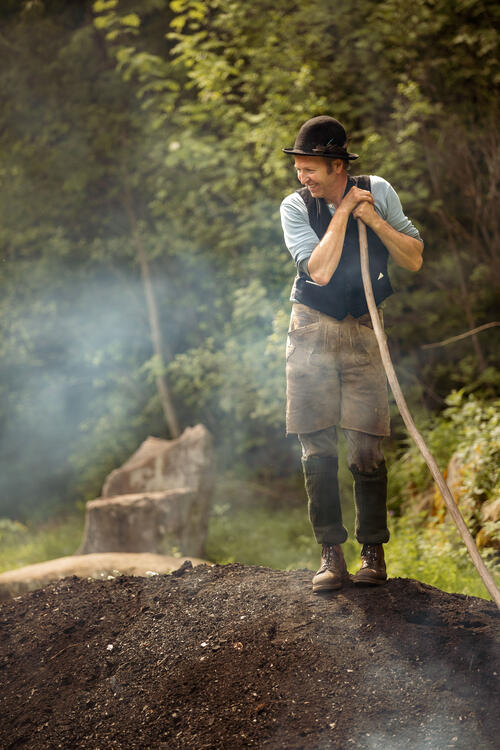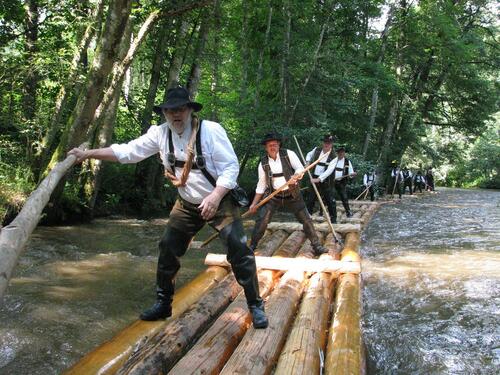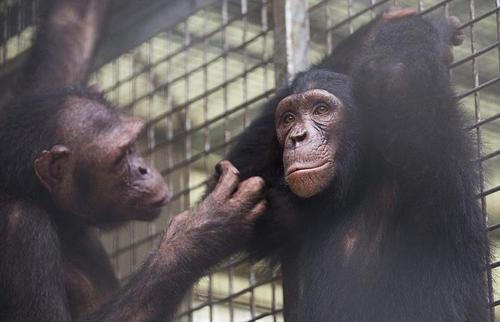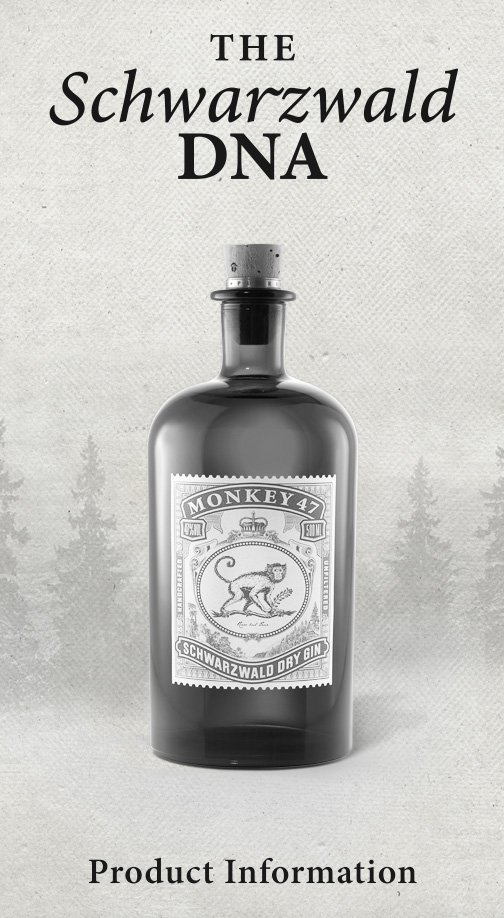Tales from the Black Forest - Hundeschlittenrennen
The Call of the Wild

The dogs are wild with excitement. They bark frantically and strain nervously in their harnesses. Their ice blue eyes convey their unyielding determination to run... run... just run. Finally, the long-awaited call of the “musher” sounds out and the pack of huskies sprints off through the snow.
No other region in Europe has embraced the sport of sled dog racing like the southern Black Forest. Each year, major events held in Bernau and Todtnau attract participants from throughout the world. Over one weekend, around 1,000 dogs line up at the start to pull their mushers on sleds through the countryside at incredible speeds. It is fascinating how dogs and humans form a team intent on working together to fight for a cause. The races demand a lot from them. The musher is far from just an additional weight on the sled, but is very active for a large part of the race, pushing, running alongside, stabilizing, and helping to negotiate the grueling course. However, his main task is to brake the sled to stop it from sliding into the dogs and to ensure that they make steady progress. The musher doesn’t have any reins like on a team of horses. All he has is his vocal commands to steer the pack and give them the necessary encouragement. The dogs themselves are happy to keep on running. It’s often more of a challenge when the musher wants them to stop.
More than 300 mushers with 2,500 dogs took part in the 2003 world championships. And it isn’t even an ancient, traditional sport in the Black Forest. Just as Montgomery Collins from India combined British gin with Black Forest botanicals, it was individual visionaries who staged Germany’s first sled dog race in 1973. In 1975, the first race was held in Todtmoos, with 25 teams from Germany, the Netherlands, and Switzerland. For a long time, these sports enthusiasts were generally ridiculed. Now, however, the races attract visitors from near and far, and for the communities of the southern Black Forest, they have become an important highlight of the tourism calendar.
The Black Forest races cannot be compared to the Alaskan Iditarod Trail Sled Dog Race, which is held in March each year. In the Arctic, the teams have to traverse some 1,850 kilometers of icy wilderness more or less under their own steam. In the Black Forest, however, “sprint” races are held over courses of up to 30 kilometers. Here, participants are not exposed to any life-threatening hazards. Even for the “light” version of this extreme sport though, both man and dog need careful preparation to ensure that they are in peak condition. Naturally, the mushers depend a great deal on their teammates and can only successfully complete a race with a pack of fit dogs. Just to be on the safe side though, the animals undergo strict veterinary checks.
However, all of this preparation goes to waste if the weather doesn’t play ball because the snow conditions are always vital for a good race. For that reason, the plans consider two alternative dates – one in February and one in March – in case there is insufficient snow on the first date. In very mild winters, the sled dog race has to be canceled, but that just makes everyone all the more excited about the following year.





